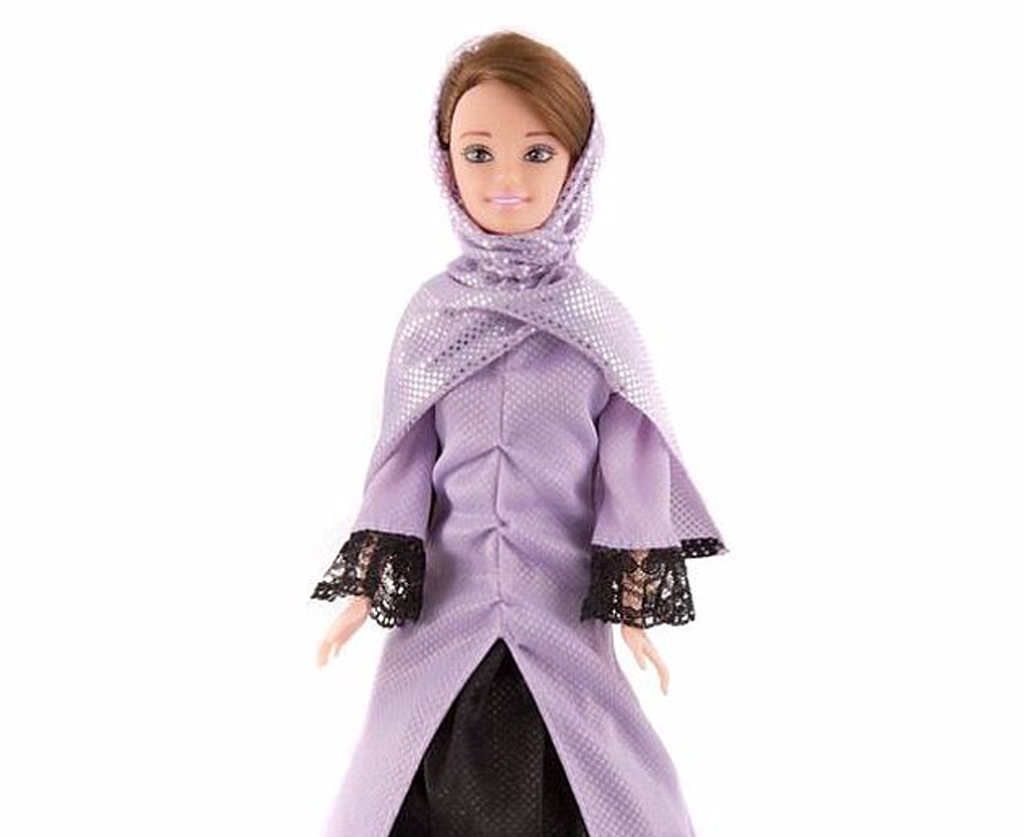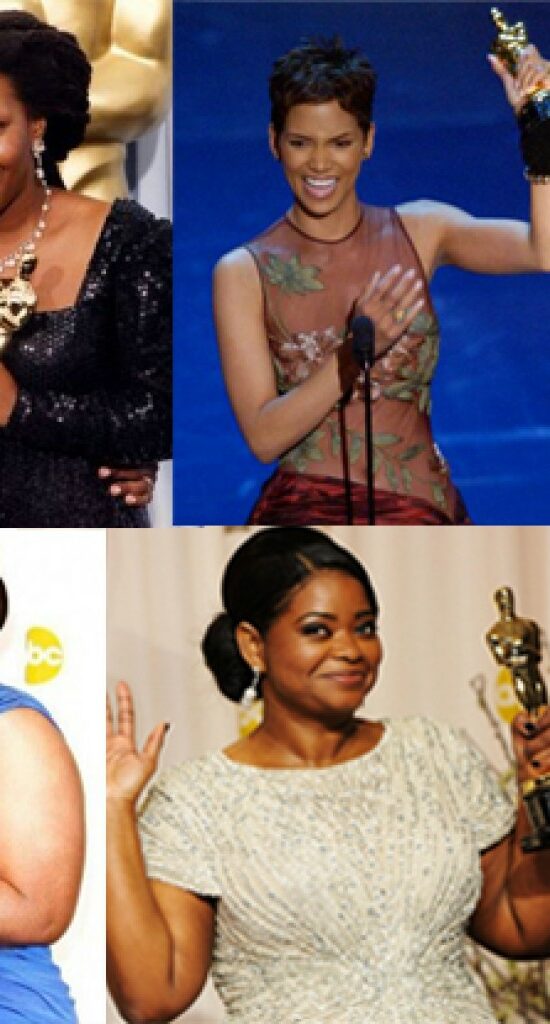
My barbie is wearing a hijab
“We are delighted to
honour Ibtihaj Muhammad with a unique Barbie doll! Ibtihaj continues to inspire
women and girls everywhere to break down all barriers, “said Barbie on her
Instagram account.
This is how the brand MatteI celebrates in 2017 the first Barbie wearing the hijab, inspired by the champion Ibtihaj Muhammad. Who says: “I am so proud to know that little girls around the world will now be able to play with a Barbie who has chosen to wear the hijab”.
Barbie Ibtihaj Muhammad is part of Mattel’s efforts to market more inclusive dolls, with more realistic body sizes or different skin colours.
Children’s toys must embody all faces, which the manufacturers themselves have come to understand. All the studies show that children are very permeable to the models presented to them and that toys participate in their cultural construction and acceptance of difference. Black dolls are thus finally more represented on the shelves, and even Mattel has decided to offer less stereotypical dolls.
According to an article published in the Times Columnist, “Characters who look more like they do, rather than imagined ideals, help kids build confidence, the foundation for leadership skills. But here’s the kicker — seeing toys that look like others (a different race, for instance) nurtures compassion.”
Psychologist Dr. Amber A. Hewitt, a specialist in gendered racial socialisation confirmed that being exposed to diversity via toys has great benefits for identity development.
Diverse toys can promote inclusion by literally making members of marginalised groups more visible in a child’s daily life, as well as giving children more models that reflect themselves.
“All messages can impact a child’s sense of self-worth and can perpetuate stereotypes. It’s important to remember that not all messages that children receive are verbal. And children learn, including learning messages about identity, through play,” Hewitt says.
An inclusive range of toys is vital for children of all stages and demographic backgrounds. Not only for reflections of themselves but also as a means of seeing the diversity of the world.


